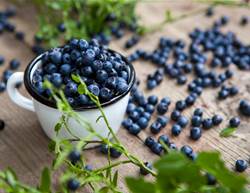The topics of blood sugar and diabetes go hand in hand. That’s because, although there are different types of diabetes, a common thread is an impaired ability to regulate blood sugar levels due to a lack of (in type 1 diabetes), or resistance to (in prediabetes and type 2 diabetes), insulin. Insulin is a hormone that helps convert consumed sugar to energy by transporting it throughout the body.
Unfortunately, there is no cure for any type of diabetes. And while we wish that foods could lower blood sugar all on their own, this isn’t typically the case. But, with exercise, and in the case of insulin-dependent diabetics, insulin, certain foods can keep your blood sugars steady throughout the day and help you better manage your levels.
More than 1.3 million (1 in 20) Australians were living with diabetes, and approximately 16% of Australians has pre-diabetes, a condition that indicates insulin resistance that doesn’t yet reach markers for type 2 diabetes.
“Monitoring your diet is a great way to manage blood sugar, lower your risk for developing diabetes, and better manage your diabetes if you do live with it.” says dietitian Lauren Twigge.
To understand the changes your diet needs to feel good, it’s best to consult a doctor or dietician who specialises in diabetes. However, these are some common foods known to help maintain blood sugars.
The best foods to lower blood sugar
Again, while no one food can replace medication and exercise, certain foods can spike blood sugars. Foods with carbohydrates have the largest effect on blood sugar. More specifically, refined, processed carbohydrates, like white bread, white rice, and pasta, cause the largest spikes and drops, explains dietitian Erin Palinski-Wade.
“Choosing complex carbohydrates, like fruits, vegetables, and whole grains over processed carbohydrates can positively affect blood sugar control,” she adds. “Other nutrients, like fibre, protein, and fat slow the absorption of sugar into the bloodstream, so choosing higher-fibre carbs or consuming carbs along with other healthy proteins and fats is a great way to maintain steady blood sugar.”
Ahead, find a list of foods to help keep your blood sugar steady.
Avocado

Twigge recommends adding avocado to any carb-central snack (think avocado toast). “Avocados feature both fat and fibre, two nutrients that are essential to balancing out blood sugar and help slow down the digestion and metabolism of carbs,” she explains.
Whole wheat bread
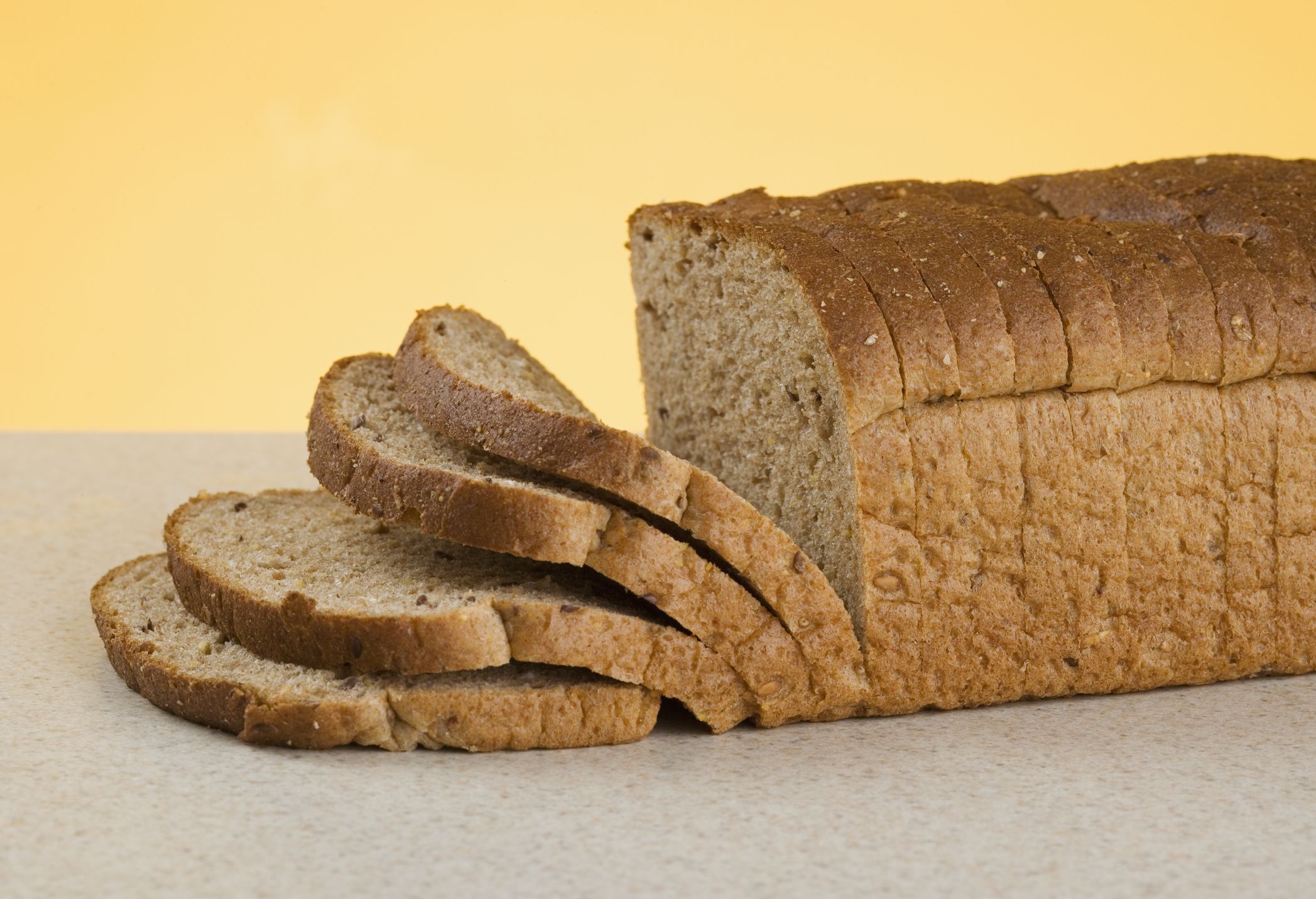
If you’re going to make that aforementioned toast, try doing so with whole wheat or pumpernickel bread, suggest Palinski-Wade. “These types of breads are less processed than white bread and are high in fibre, which slows digestion,” she says.
Beans
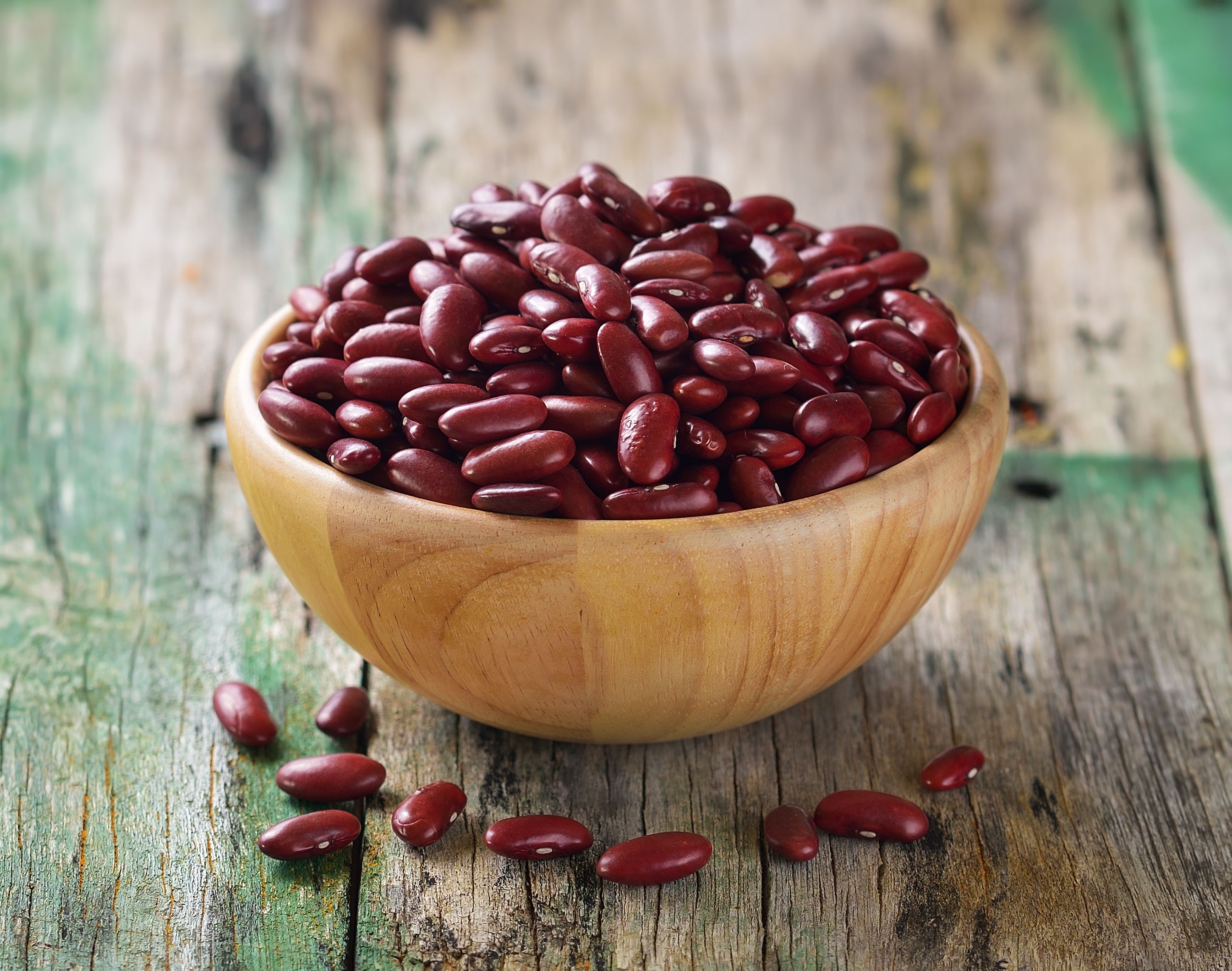
“Beans offer both fibre and plant-based protein, two blood sugar-stabilising nutrients that you want to focus on,” says Twigge. Palinski-Wade adds that they’re naturally rich in resistant starch, a type of fibre that has been found to improve blood sugar levels and body weight.
Raspberries
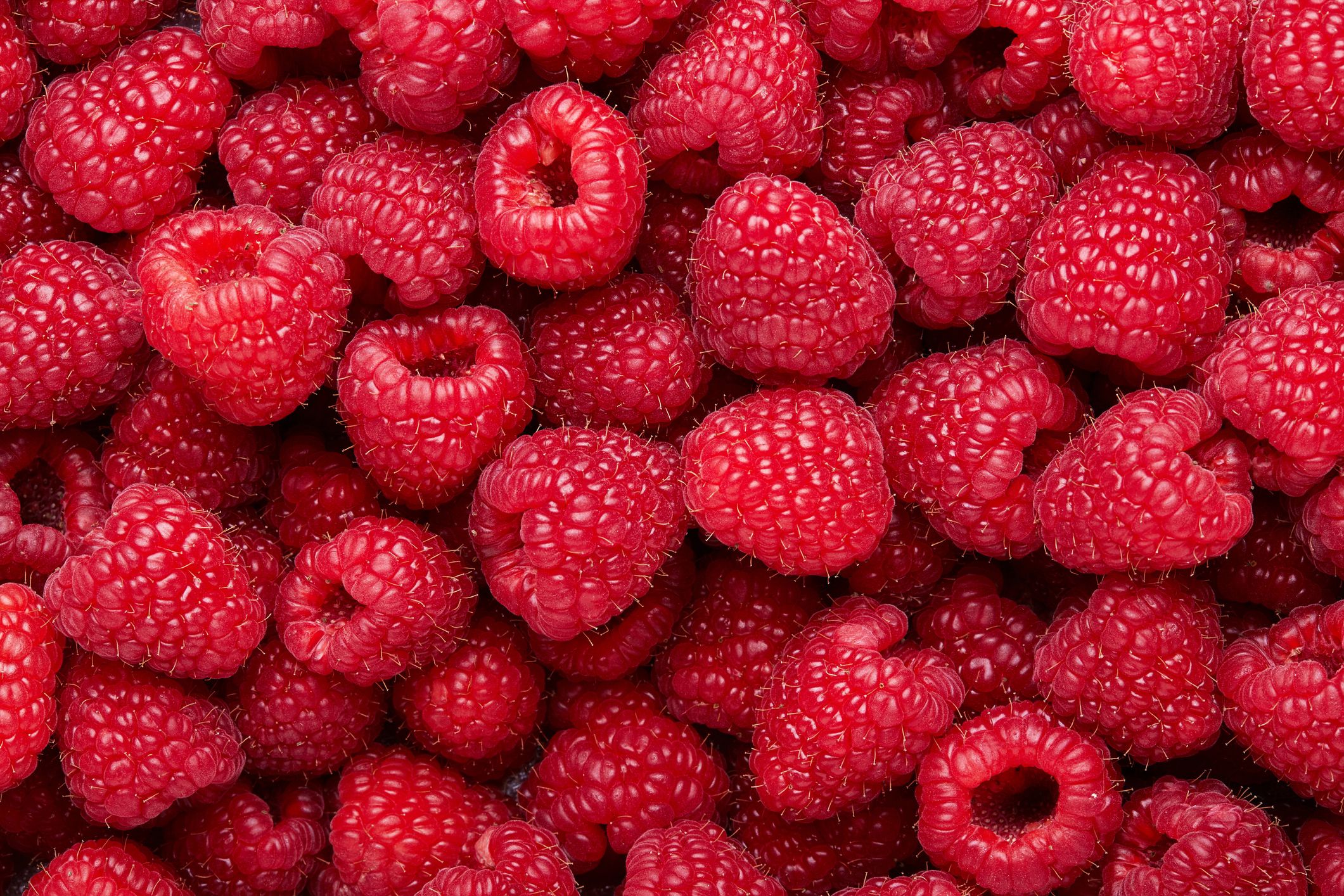
The water and fibre content in most fresh fruits balance out their fructose sugars, which slows digestion and promotes fullness, says Palinski-Wade. “Berries contain the lowest amount of sugars for a fruit while being rich in antioxidants,” she adds.
One study “found berries may also help to lower glucose spikes after meals in people with insulin resistance while improving insulin sensitivity.”
Yoghurt

“Dairy products have been shown in research to lower risk for type 2 diabetes,” says Twigge. “In addition to the vast nutrient profile, high-quality protein, and stabilising fatty acids, fermented dairy foods like yoghurt and kefir also feature probiotics, which can support healthy gut bacteria, lower inflammation, and improve blood sugar management.”
Broccoli

“This dark green veggie contains sulforaphane, a compound which may help to improve fasting glucose levels,” says Palinski-Wade.
Eggs
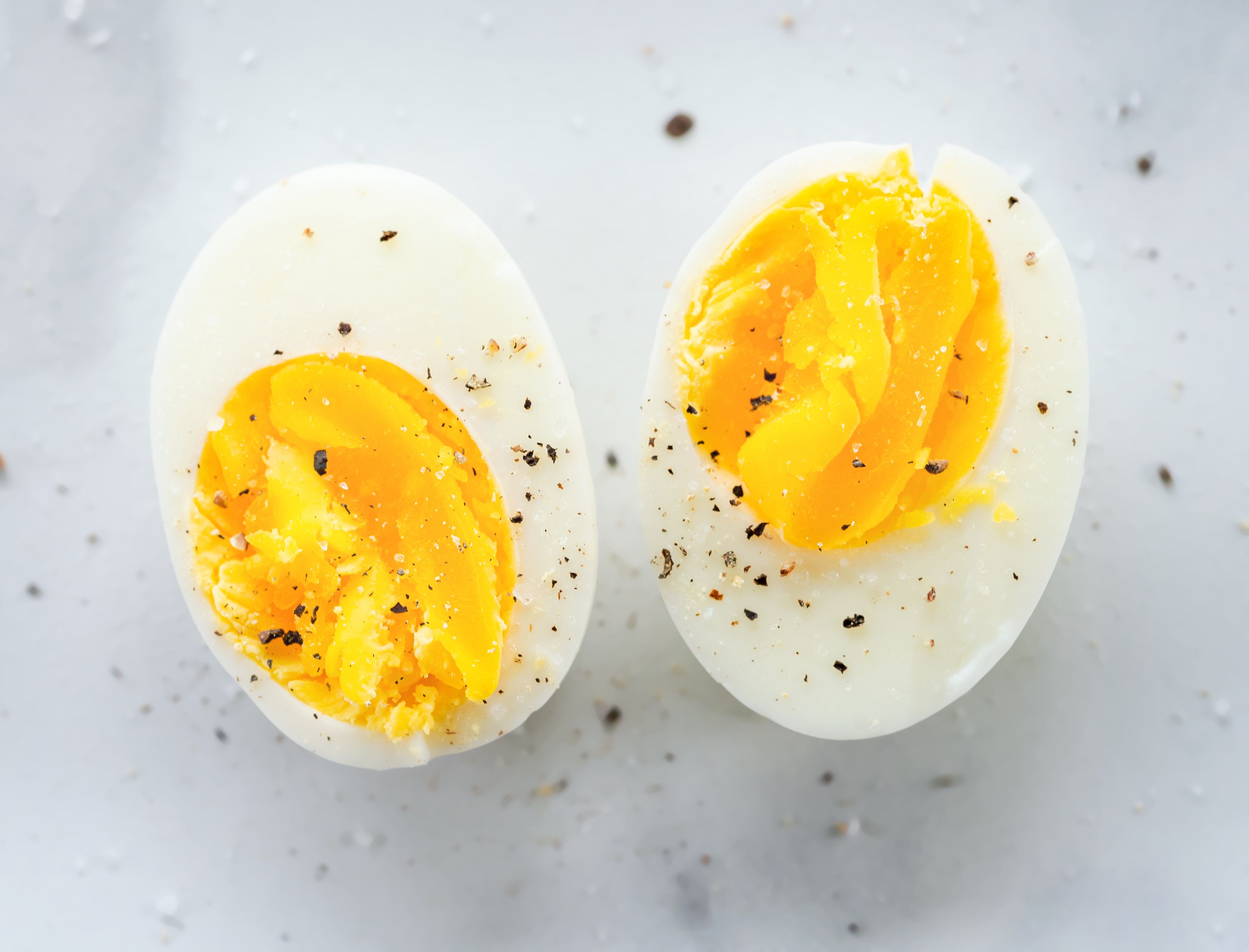
Eggs are a quick and convenient ingredient that can amp up the protein content of any meal, helping to balance your blood sugar after you clean your plate.
Apples
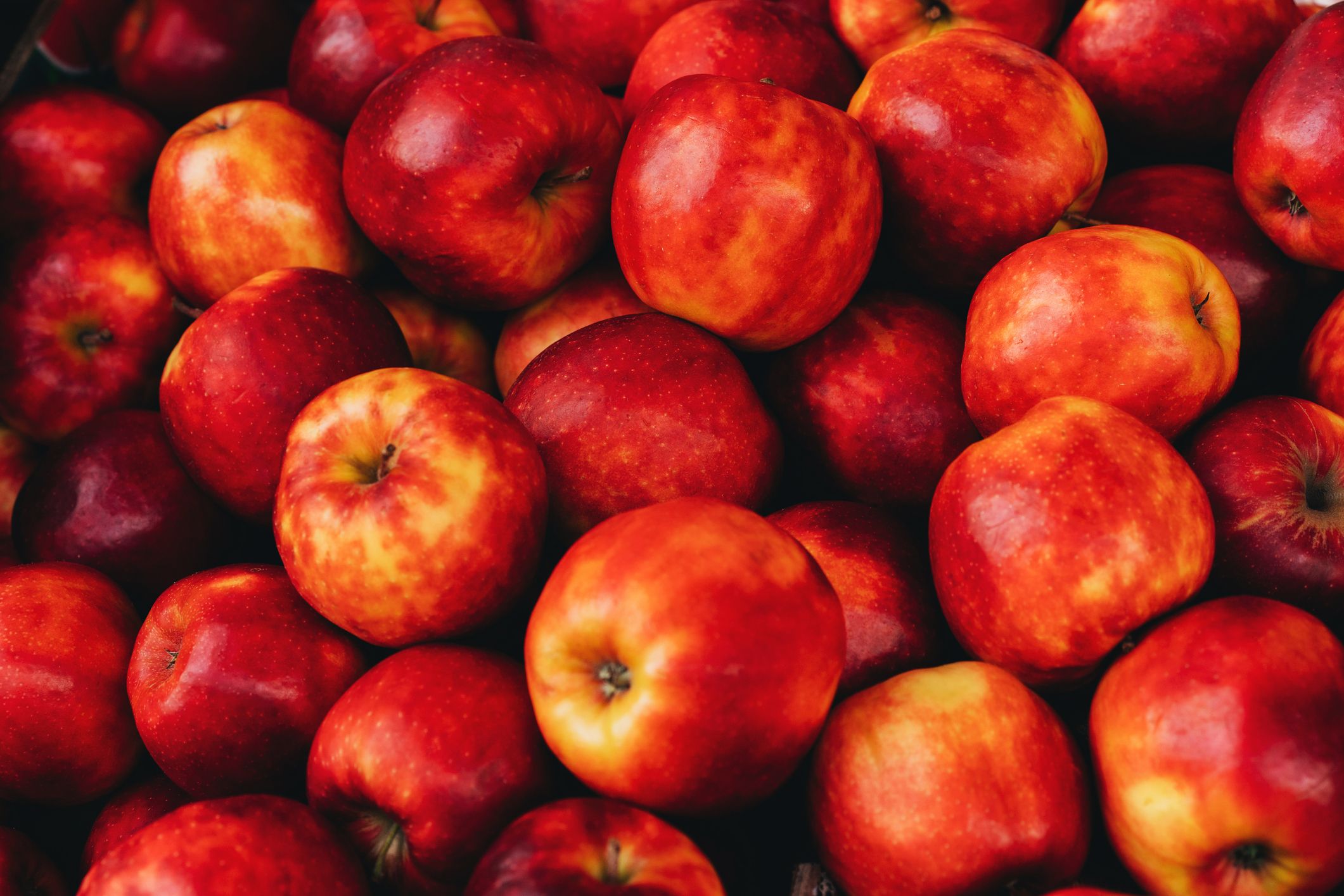
“While many are quick to eliminate fruit from their diet to balance blood sugar, research shows that a diet that includes a variety of fruits can actually protect against developing type 2 diabetes and manage overall blood sugars,” says Twigge.
“Similar to berries, apples are higher in fibre, which lowers their glycaemic index and leads them to have less of an impact on blood sugar spikes.”
Chilli peppers
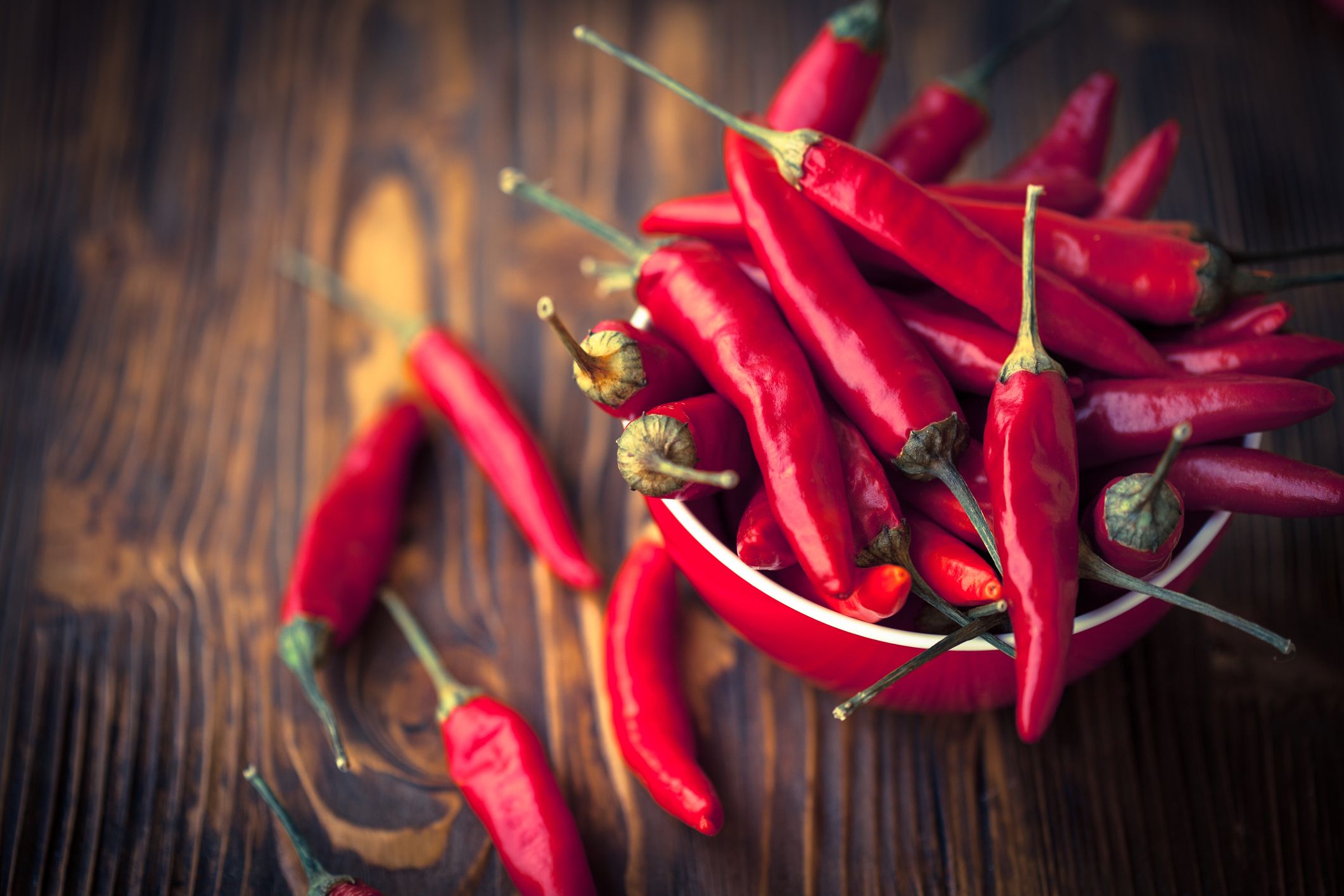
Palinski-Wade says these spicy peppers may help to boost metabolism. One study showed that “they also may help to lower blood sugar by stimulating insulin secretion and helping to reduce post-meal glucose levels,” she adds.
Lentils
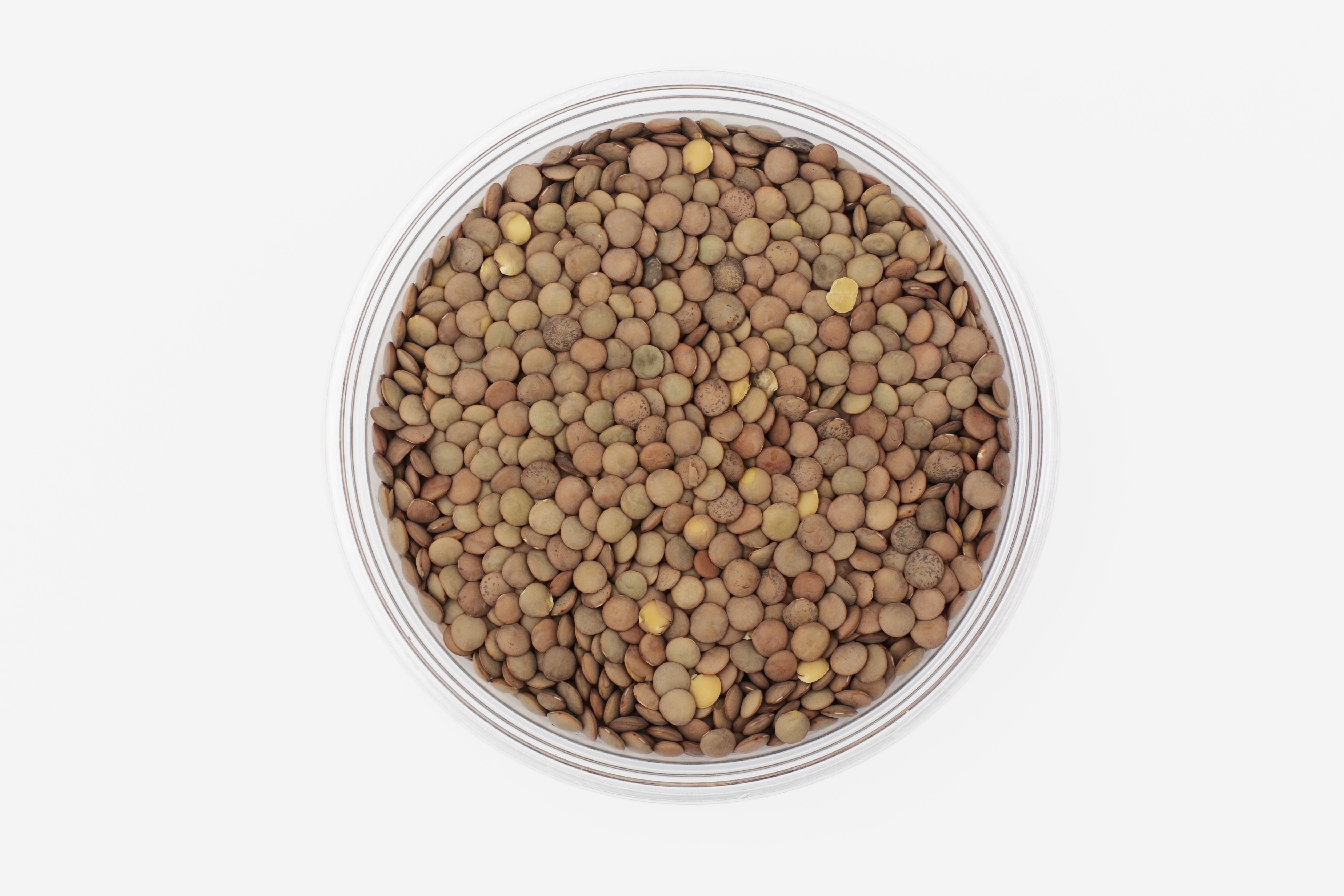
“Similar to beans, lentils offer both fibre and plant-based protein,” says Twigge. “These two nutrients slow down the absorption of carbohydrates which will, in turn, slow down a blood sugar spike and can help bring blood sugar back down at a moderate pace.”
In a study published in the Clinical Nutrition journal, researchers followed the diets of more than 3,000 adults who didn’t have type 2 diabetes for more than four years. They discovered that people with the highest consumption of legumes, especially lentils, had the lowest risk of diabetes. However, it’s important to note that lentils contain carbohydrates, and you therefore may see a rise in blood sugars, especially for those who are insulin-dependent.
Nuts and seeds
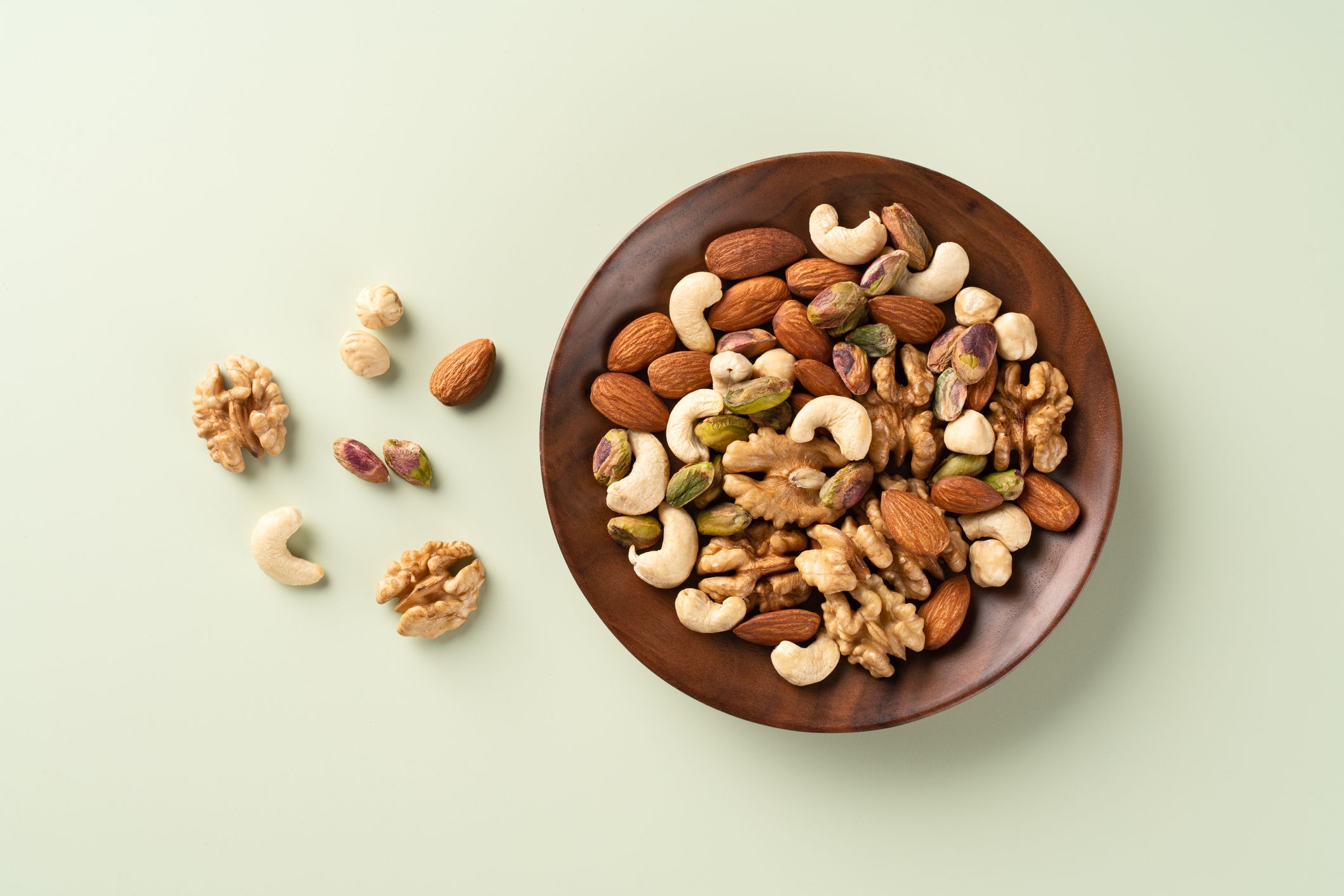
Palinski-Wade says any nut-seed combo will provide a good boost of quality fats to help slow digestion and mitigate blood sugar spikes. Plus, they’re easy to sprinkle over or pair with most meals.
Milk
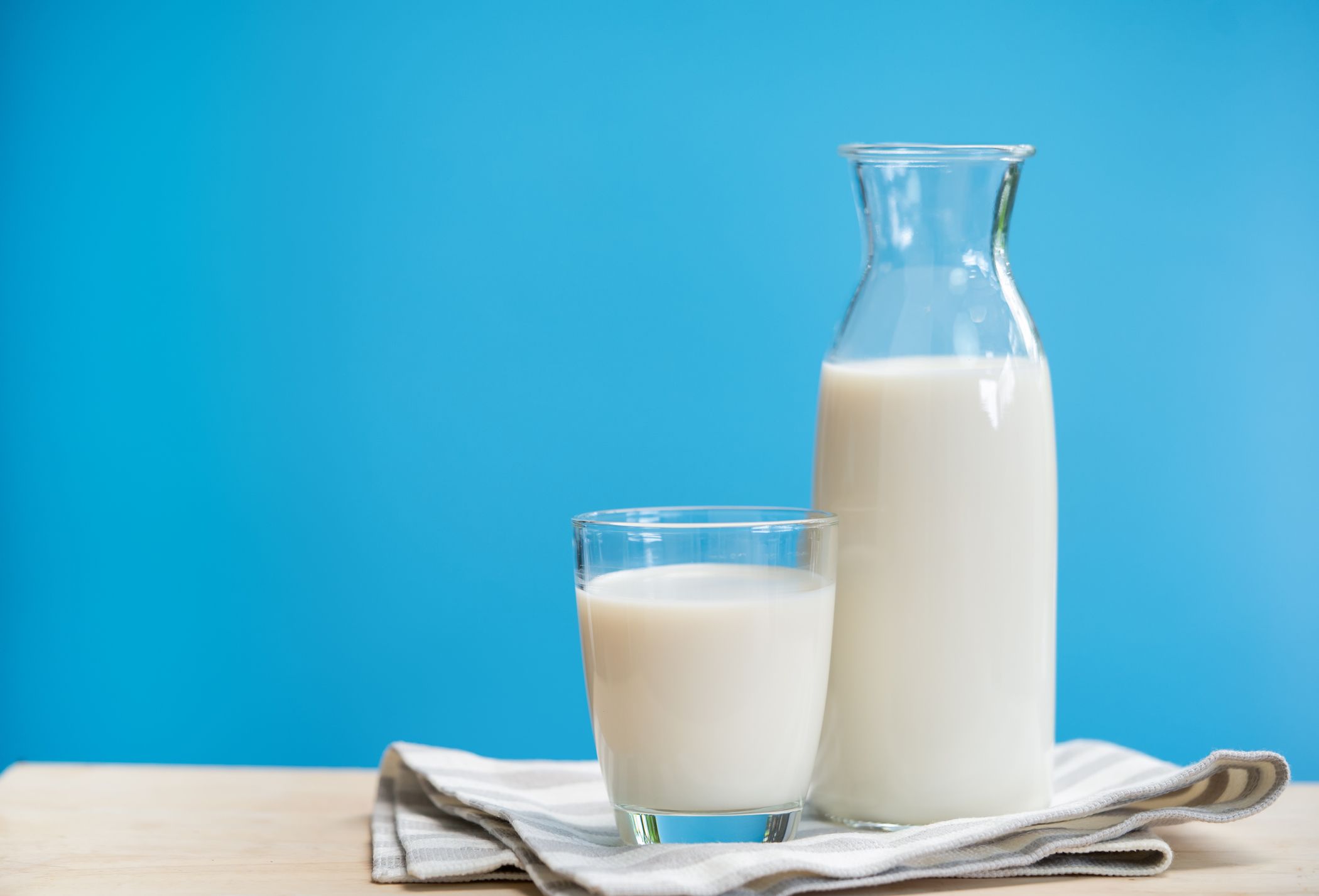
Dairy milk, specifically, “plays an important role in overall health,” says Twigge. “Its 13 essential nutrients and unique fatty acid profile have been shown in research to reduce risk for developing type 2 diabetes.”
Olive oil

Olive oil is a great way to incorporate a drizzle of healthy fats into any carb-heavy meal without having to try too hard. You can turn it into a salad dressing or cook your food in it, the options are endless. The unsaturated fats in olive oil have been linked to improved insulin resistance.
Chicken

Lean proteins like chicken boost a meal’s satiety and help slow digestion, Palinski-Wade says, so blood sugar rises and falls more gradually.
Fish
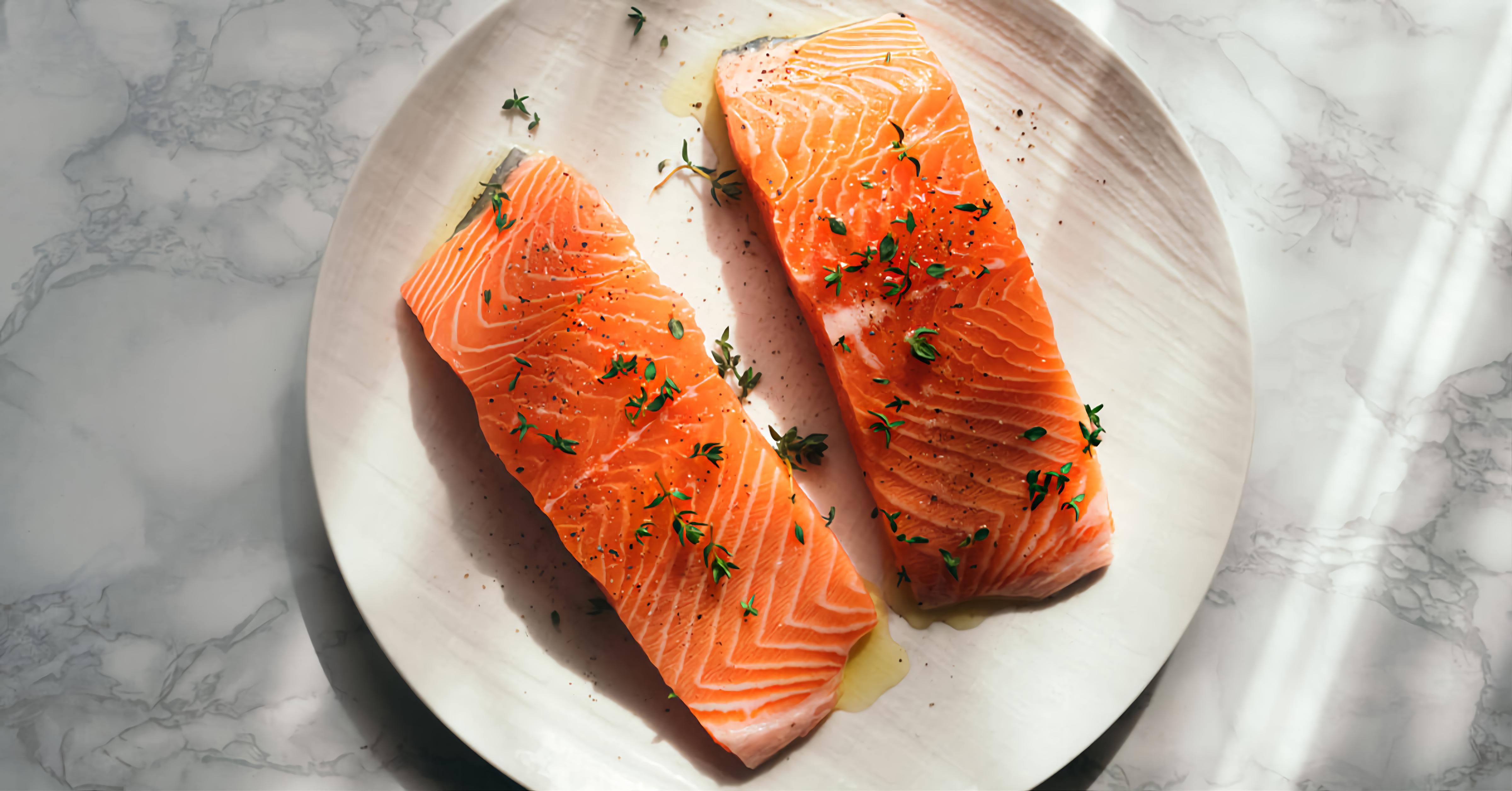
If you’re not a fan of chicken, or perhaps follow a pescatarian diet. Fish is also a great lean protein to rely on for bolstering your meals and slowing digestion. Try salmon, tuna, or mahi-mahi.
Spinach
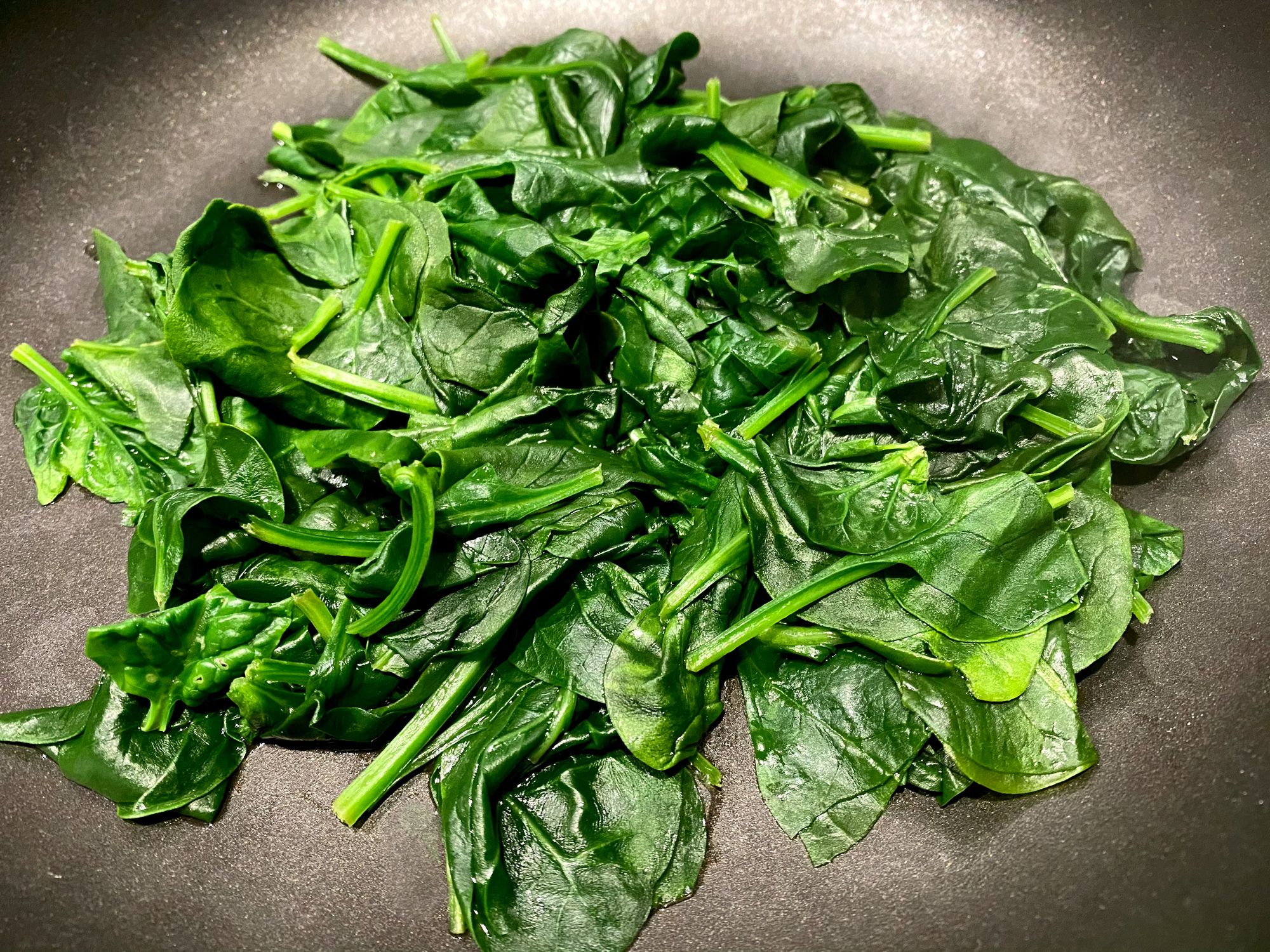
In a review of six studies, London researchers found that consuming 1.35 servings (about 1⅓ cups raw or ⅔ cup cooked) of leafy greens daily was associated with a 14% reduced risk of developing type 2 diabetes, compared to eating only 0.2 servings daily.
Brussels sprouts
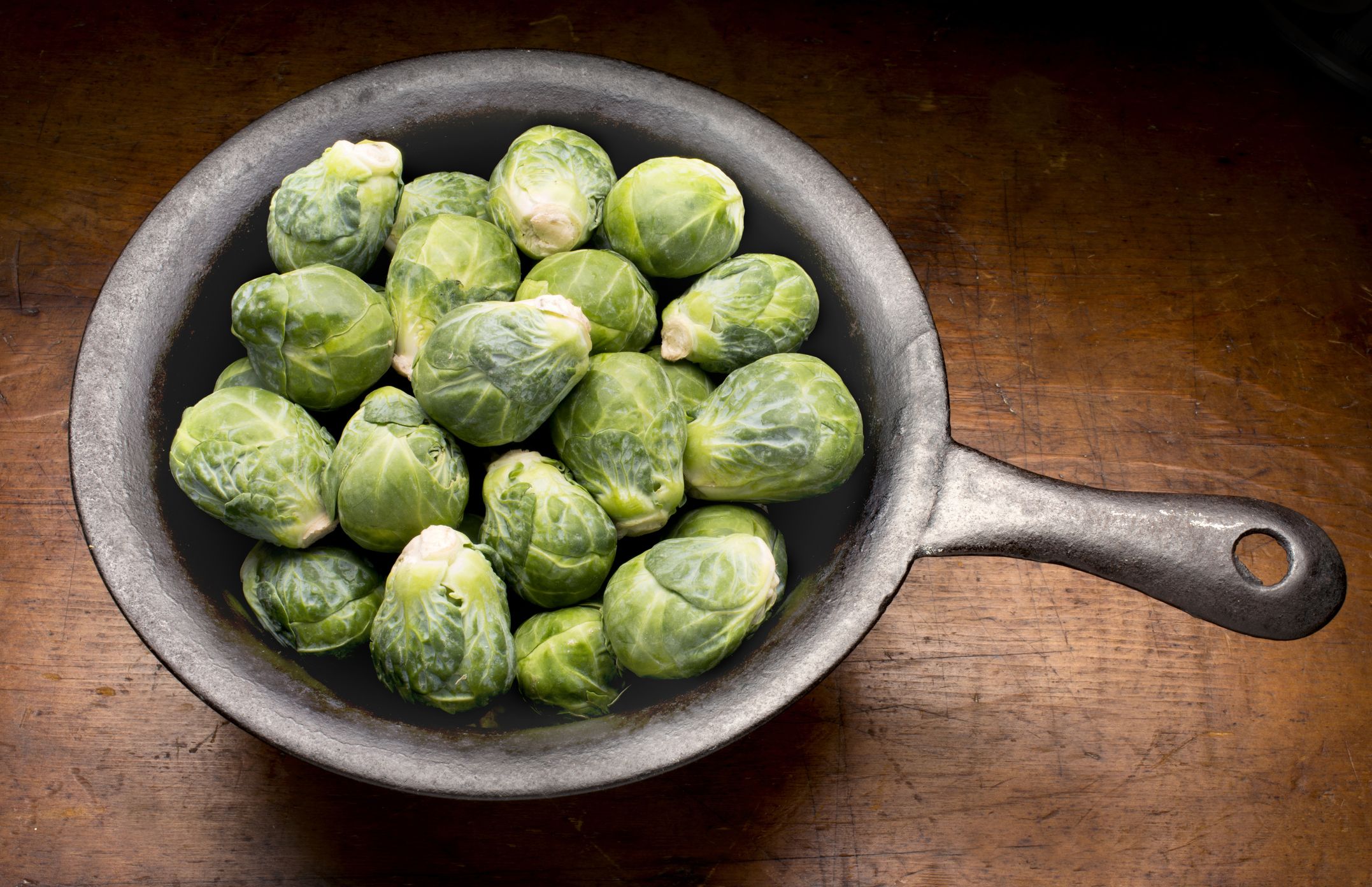
Non-starchy vegetables, like Brussels sprouts, should be the star of your plate, taking up half of it. That’s because they’re high in fibre, which fills you up and aids digestion, and low in carbs, which minimises the risk of dramatic blood sugar fluctuations.
Asparagus
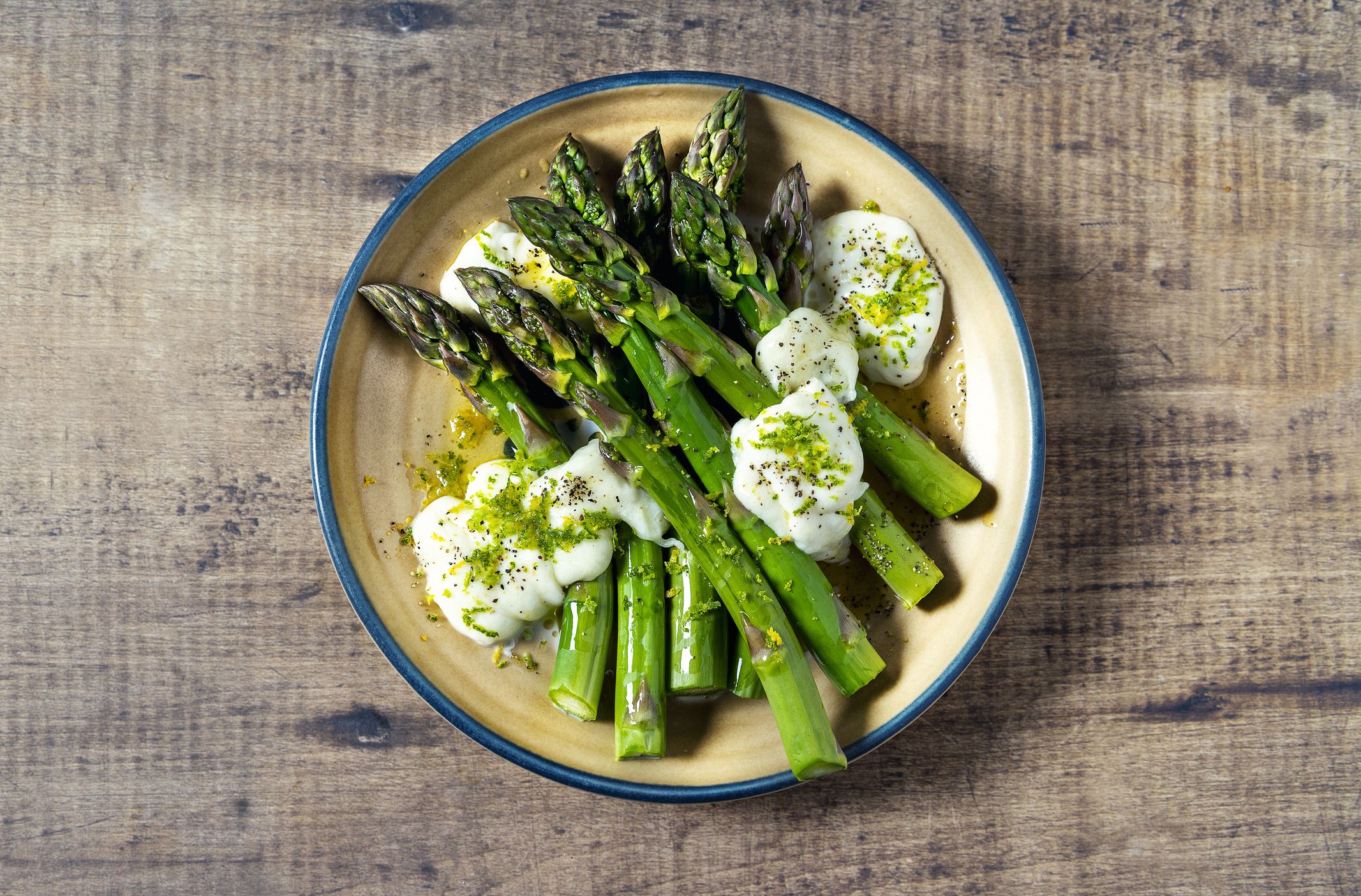
Asparagus is another great non-starchy vegetable pick. It's high in both protein and fibre, and tastes great, too.
How to eat to postpone diabetes
Eat every 3 to 6 hours
Have breakfast within an hour or two of waking up and then eat a snack or meal every three to six hours after that, says diabetes educator and dietitian Rebecca Denison. This will add up to three to six total meals and snacks daily. It takes about four to six hours for your body to digest a meal.
“You want to eat just a teeny bit before you actually need it so that your body doesn’t have to figure out how to keep your blood sugar stable,” Denison explains.
Balance your meals
Fill half your plate with non-starchy vegetables. Split the other half in two between protein and whole-food carbs (such as brown rice, quinoa, beans, and legumes) or ancient grains, such as amaranth, millet or farro. These complex carbohydrates have more fibre and nutrients than processed carbs (such as white rice, bread, and pasta) and the fibre helps manage blood sugar levels.
Avoid processed foods
“Avoiding refined, processed foods and incorporating more nutrient-dense foods into your diet will prevent your body [from] having to work harder to keep the blood sugar within the desired range,” says Palinski-Wade. “Eating a well-balanced diet of fruits, vegetables, whole grains, lean protein, healthy fats, and low-fat dairy is the best way to maintain healthy blood sugar levels.”
Drink water
Choosing water as your go-to source of hydration helps flush out excess glucose in your system and is a great way to stay hydrated without carbohydrates.
Prioritise a healthy lifestyle
“To lower risk for diabetes and manage healthy blood sugar levels, start by prioritising exercise,” says Twigge. A rounded approach will help keep your blood sugar levels in check.






